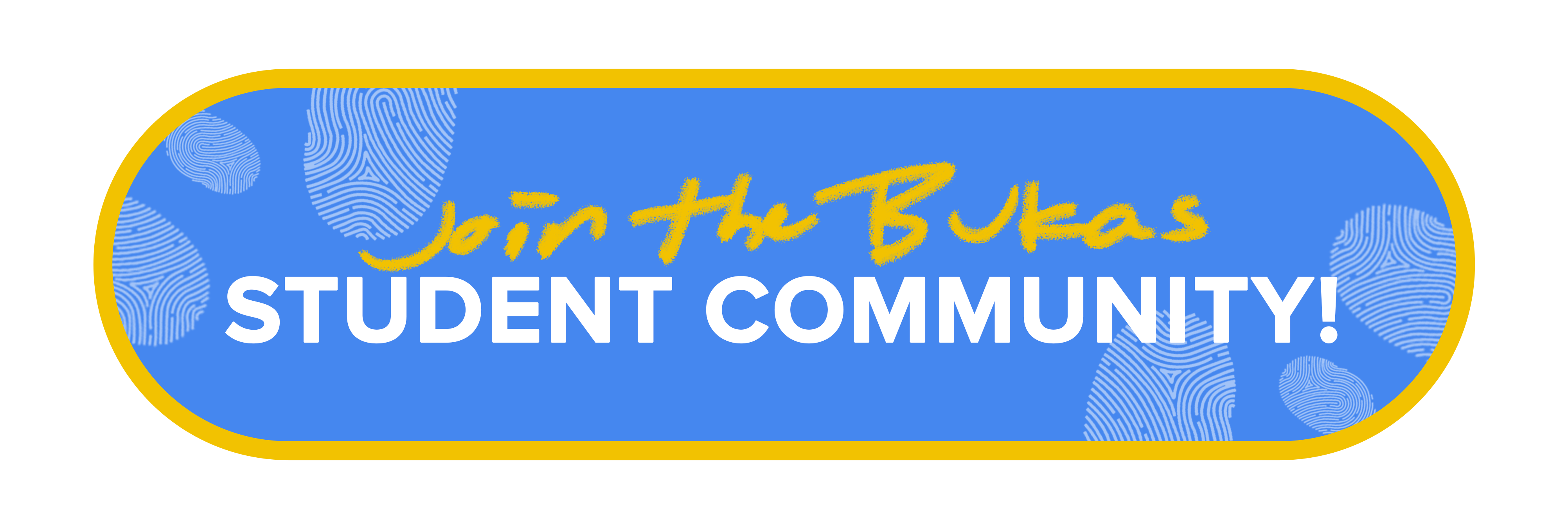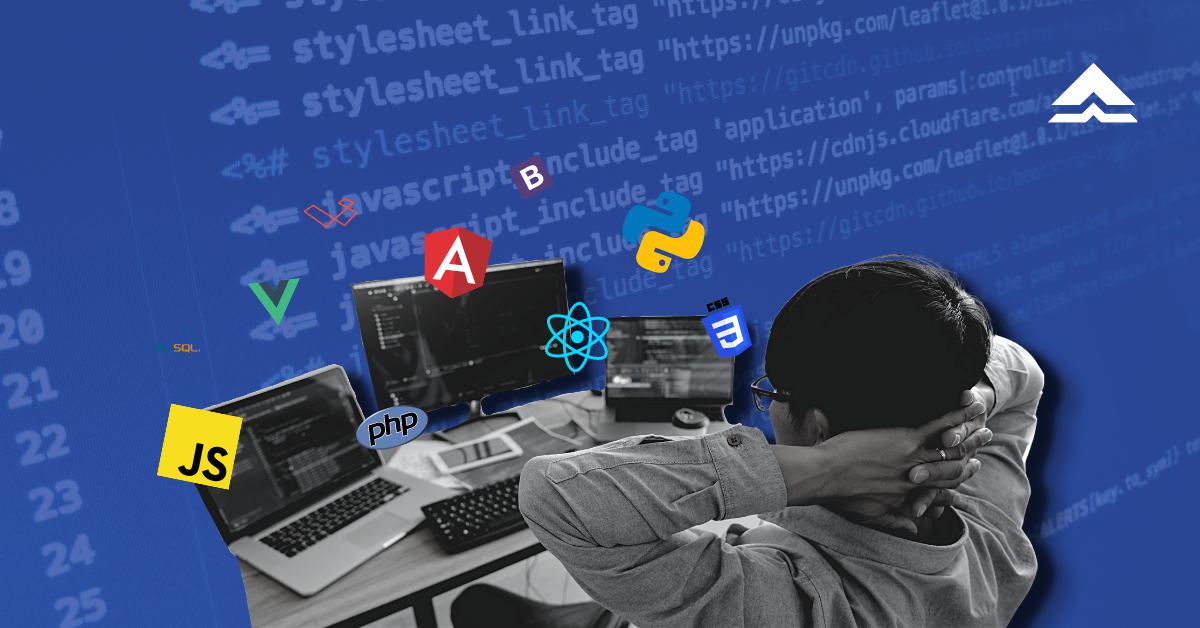
College is undoubtedly one of the most exciting times of your life. You'll have no shortage of opportunities to pursue your passions, meet new people, and experience the joys of life! But even though out-of-the-classroom experiences are important, you should never lose track of your priorities and do your best to get good grades.
If you have a big test coming up, let us help you out! Our guide will discuss seven proven study techniques to get your grades up in no time.

1. The Feynman Technique
According to physicist Richard Feynman, the best way to learn a new concept is to explain it in simple terms. So, whenever you're studying a theory, try to explain it to yourself or your friends in a way that you will understand.
How to Do It:
- Read the source materials and jot down notes.
- Based on your pointers, try to explain the concepts you've learned to yourself. To make it more fun, you can share them with your friends!
- Write your explanations as straightforward as possible.
- Have a second read-through to identify gaps and errors in your description.
- Repeat until the theory is clear!
2. Spaced Practice
Procrastinating may give you the adrenaline to pull off an all-nighter, but the spaced practice is the opposite. Short study sessions over a long period will make it easier for you to recall information. For example, kung may quiz ka ng Friday, simulan mo na mag-aral ng paunti-onti Monday pa lang imbis na mag-cram ka ng Thursday.
Spaced practice will make it easier for your mind to connect ideas and build upon the knowledge that can be recalled later.
How to Do It:
- Set a specific time for your study session.
- Dedicate that period to studying. Short sessions of 30 minutes will suffice.
- Repeat until you're confident with your knowledge. Don't forget to set some time for breaks!
3. Self Quizzing
Studying for exams can be nerve-wracking and daunting. As a form of active retrieval, self-quizzing allows you to learn your lesson by heart and gives you the confidence to ace your exam. Additionally, this technique promotes metacognition or the process of reflecting on your thinking, which plays a significant role in your achievement as a student.
How to Do It:
- Quiz yourself the way your professor asks questions.
- You can also cover the definitions in your notes; try to remember what each term means.
- Test your friends and block mates, as well, to help you compare ideas and think more critically.
- Collect a deck of flashcards for every topic discussed in your class. Put questions or terms on one side and the answers on the other.
- Think aloud to have a deeper and more comprehensive understanding of your lessons.
4. The SQ3R Method
The SQ3R method is a reading comprehension process that helps you identify important facts and effectively retain information within your textbook. Also known as SQRRR, each letter stands for the five steps of the reading comprehension process, survey, question, read, recite, and review.
How to Do It:
- First, scan the chapters and take notes of the headings, subheadings, images, or figures.
- Then, ask questions about the chapter. Focus on what it is about, how you can relate it to your professor's lectures, and what you already know about the topic.
- In the third stage, start reading the entire chapter and look for the answers to the questions you formulated.
- After understanding the readings, summarize and recite them in your own words.
- Finally, review the material to understand it fully. Quiz yourself on the questions you created and reread sections that seem vague to you.
5. Color-Coded Notes
Disorganized and scattered notes can make it impossible to understand and digest the critical points of a lecture. Help yourself by highlighting your notes using different colors. It makes for a visually pleasing way of pointing out the more important ideas or concepts.
Moreover, apart from organization, recent studies have shown that color can improve your ability to memorize terms. Warm colors such as red and yellow allow you to be more receptive to content and make your material seem more engaging.
How to Do It:
- Write down key points in red.
- Highlight important information in yellow.
- Highlight minimally. Don't color everything; just the essential information.
6. Mind Mapping
For visual learners, mind mapping is a technique that enables you to organize information in a diagram. By writing a topic in the center of a blank page and connecting it to other significant concepts and keywords, you can better connect and grasp the terms from your module. Other related ideas will also continue to branch out.
The framework of a mind map is similar to how our brains store and retrieve information. Mapping your notes and organizing them into a diagram can improve your reading comprehension. It also enables you to see the bigger picture by communicating the hierarchy and relationships between concepts and ideas.
How to Do It:
- Take a blank sheet of paper or set a new note on your tablet. In the center, write the subject you want to understand; for example, "engineering."
- Connect one of your main ideas to the subject, such as "10 types of engineering courses."
- Next, relate sub-branches of supporting ideas to the main ideas. For instance, under "10 types of engineering courses," would be "industrial engineering," "chemical engineering," "electrical engineering," and so on.
- If it helps, you may use different colors for each topic and draw pictures.
Study Smart
Balancing exams and other requirements in college can make it challenging to achieve good grades. But you don't have to stress and pull-off all-nighters every time finals week comes up.
The techniques mentioned in this article can make your life easier. However, keep in mind that not all methods may work for you. Try them out first and stick to the most effective ones that helped you the most. Kung kailangan, you can even modify it and make it your own. Whatever helps you study best!
Learn more about Bukas and how we make education affordable for thousands of Filipino students like you. Apply for a Bukas student loan in your upcoming enrollment, and join our growing community for more tips and advice about all things student life. A brighter future awaits. Sa'yo ang Bukas!








